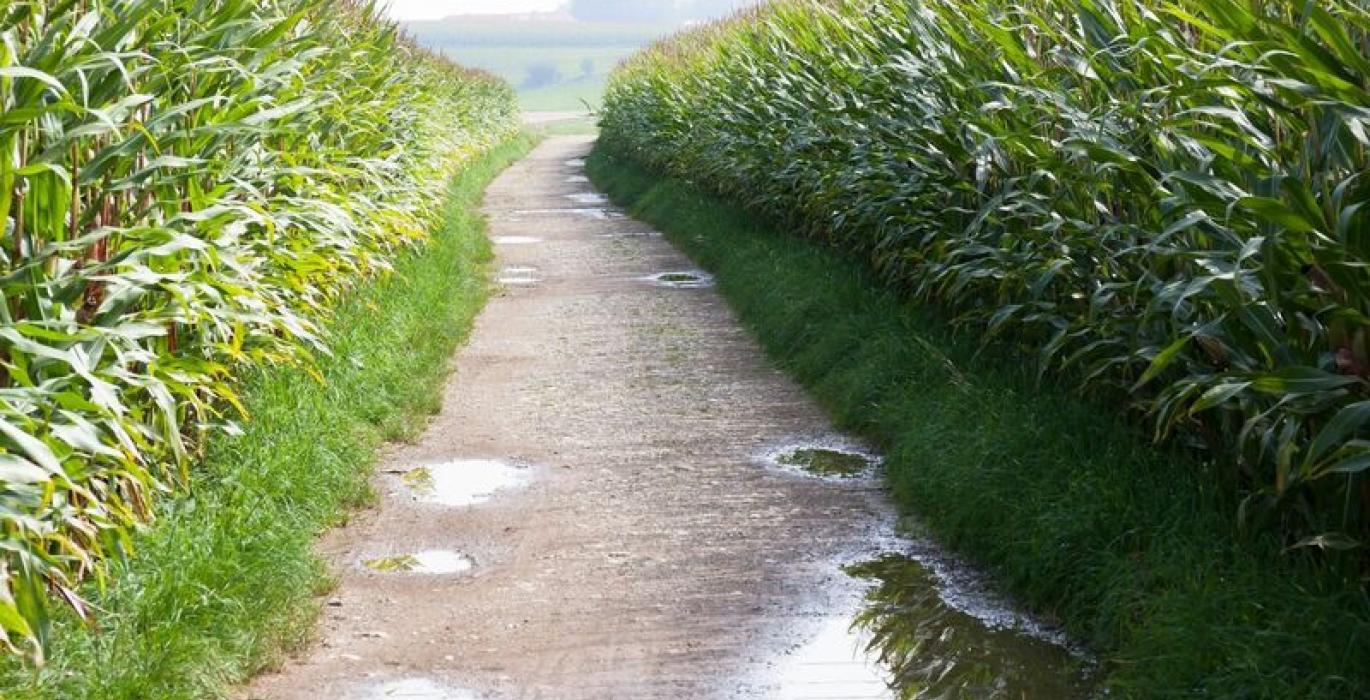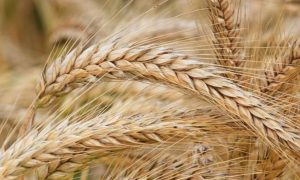South Africa has sufficient maize supplies

Maize is vital in Southern Africa, especially during droughts, but South Africa remains resilient due to advanced seed breeding. Despite a 19% reduction in the 2023-24 maize crop, South Africa’s production still meets domestic needs, with 1.85 million tonnes available for export. Recent media reports about a maize shortage are misleading; imports from Brazil aim to provide flexibility, not address shortages. South Africa continues to support regional maize supplies, particularly to Zimbabwe and Zambia.
In much of the Southern African region, maize could be considered a “political crop” because of its importance as a staple food and the vast extent of farmers’ involvement in its production. When there are droughts, we see the pain through reduced supplies, increased consumer prices, and distressed farming villages.
The one country that tends to be a slight exception is South Africa. Indeed, maize is amongst the most critical commodities in production values, but the country produces many other vital commodities, which balances the conversation.
Moreover, South Africa, because of its advancement in seed breeding, tends to see milder crop losses than much of the Southern Africa region, which still lags behind South Africa in seed breeding techniques or adoption.
The 2023-24 summer season was another drought period in Southern Africa. Countries in the region lost a notable share of their staple maize crop. However, the proportion of maize crop losses is different. Zimbabwe and Zambia, for example, lost half of their maize crop. Meanwhile, South Africa remains in a better position than some of the countries in the region.
For this reason, I found media articles that warn about “Fears of maize shortage in South Africa” rather unhelpful. The news started when the South African agricultural authorities cleared the path for imports of yellow maize from Brazil in the country.
They cleared them, not because we had tariffs blocking Brazil but because they were more of a different seed culture than we plant in South Africa. This effort was to ensure that the coastal regions of South Africa if they desired to import, could proceed without many challenges.
From May to July 2024, South Africa had already imported around 130k tonnes of yellow maize from Argentina for animal feed purposes. Therefore, Brazil will add to the diversity of maize supply sources when needs arise. The imports for the year (2024-25 marketing year) could rise to 350k tonnes.
But there is a fundamental issue here. South Africa is not opening the markets because we fear possible shortages; we are opening up markets to provide flexibility of supplies for yellow maize users in the animal feed industry.
South Africa is not in a maize supply crisis. Our maize production for the 2023-24 production season is 13,34 million tonnes, down 19% from the previous season because of the mid-summer drought. This volume comprises both white and yellow maize. White maize is about 6,35 million tonnes (down 26% year-on-year), and yellow maize is at 6,99 million tonnes (down 12% year-on-year).
The disparity in the crop decline is due to regions where each crop variety is planted, with white maize predominantly in the western areas of South Africa while yellow maize is in the east. Moreover, yellow maize is typically planted a month earlier than white maize. Rainfall impacts these regions and timeframes differently, ultimately affecting the expected harvest sizes.
These figures are still tentative. There may still be adjustments in the coming months, particularly on white maize. But for now, we can utilise them as our best view of the reality.
Importantly, this expected harvest will meet South Africa’s annual maize consumption of roughly 12,00 million tonnes, leaving the country with approximately 1,85 million tonnes for exports (there is also a boost in our maize supplies from the carryover stocks from the previous season).
According to data from the South African Grains and Oilseed Supply and Demand Estimates Committee, in this export forecast, about 1,20 million tonnes will likely be white maize, with 650k tonnes likely to be yellow maize. Still, the estimated exports of 1,85 million tonnes are down notably from 3,40 million tonnes in the previous season.
These exports will primarily be for the Southern Africa region. In fact, between May and the first week of August 2024, South Africa had already exported 567k tonnes out of the expected 1,85 million tonnes. The principal beneficiary is Zimbabwe and a range of neighbouring African countries.
Zimbabwe lost over half of its crop from the mid-summer drought, and a similar issue occurred in Zambia. Thus, there is now an even more heavy reliance on South Africa.
I am presenting these figures to illustrate that South Africa has no maize crisis and continues to play a responsible role in supporting the Southern Africa region with maize supplies.
Therefore, the narrative of South Africa’s decision to open the maize for Brazil’s maize supplies must be managed responsibly. From my observation of data, we have no shortage at hand per se. The yellow maize imports in the coastal regions are primarily due to the price advantage when one accounts for transport costs from the northern areas of South Africa.
Source Link : https://www.politicsweb.co.za/opinion/south-africa-has-sufficient-maize-supplies














